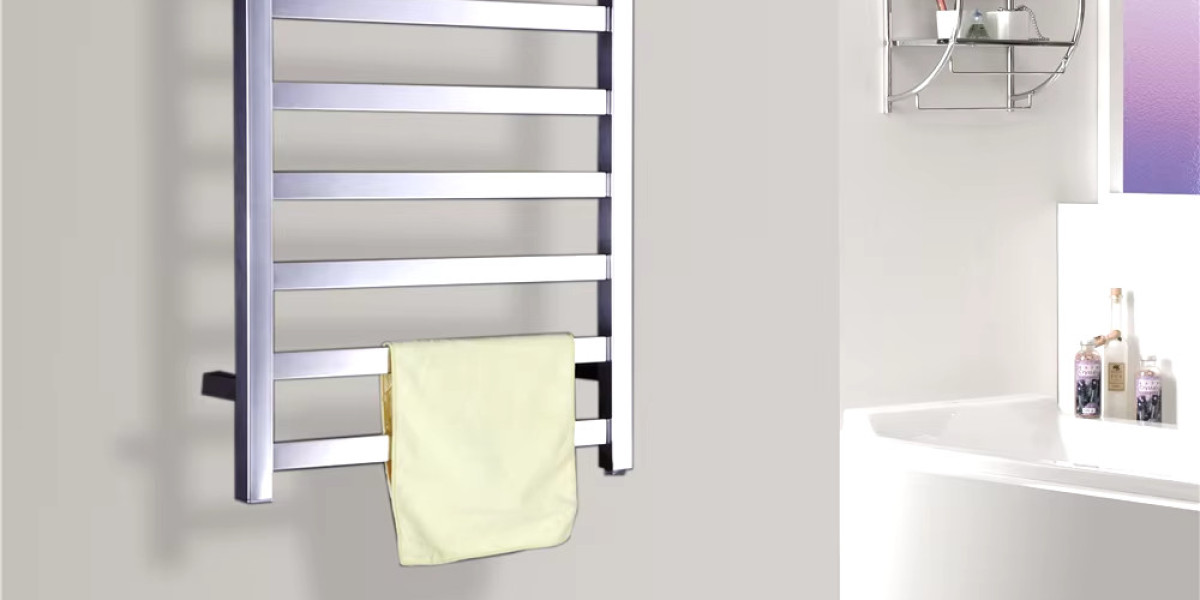One of the most crucial concepts in real estate investing is cash flow. Whether you're a beginner or a seasoned investor, knowing how to analyze and optimize cash flow can be the key to building sustainable wealth. In this guide, we’ll explain what cash flow is, why it matters, how to calculate it, and how to ensure your real estate investments generate positive returns.
What is Cash Flow in Real Estate?
Cash flow in real estate is the money left over after you pay all the property-related expenses. Simply put, it’s the income you receive from a rental property after deducting operating costs and mortgage payments. Positive cash flow means you’re making money each month, while negative cash flow means the property is costing you more than it earns.
Why Cash Flow Matters
Cash flow is often referred to as the lifeline of real estate investing. Here’s why it’s so important:
Steady Income: Positive cash flow ensures regular monthly income that can support your lifestyle or be reinvested.
Cushion for Repairs: It gives you financial breathing room when unexpected repairs or vacancies happen.
Financial Freedom: Over time, strong cash flow can replace your job income, offering true financial independence.
Property Value Isn’t Everything: While appreciation is valuable, relying solely on it is risky. Cash flow keeps your investment viable even in flat or declining markets.
How to Calculate Cash Flow
To calculate cash flow, subtract all expenses from the rental income. Here’s a basic formula:
Cash Flow = Gross Rental Income – Operating Expenses – Mortgage Payments
Let’s break it down with an example:
Monthly Rent: $2,000
Operating Expenses (taxes, insurance, maintenance, etc.): $500
Mortgage Payment (principal + interest): $1,000
Cash Flow = $2,000 – $500 – $1,000 = $500/month
That’s $6,000 a year in positive cash flow—which could be a great return depending on your investment goals.
Key Components of Operating Expenses
When calculating cash flow, be sure to consider all possible expenses, including:
Property taxes
Insurance premiums
Property management fees (if any)
Maintenance and repairs
HOA fees (if applicable)
Utilities (if paid by the owner)
Vacancy rate allowance
Capital expenditures (CapEx)
Even if some of these expenses don’t occur monthly, they should be factored into your annual estimates and divided over 12 months for accurate projections.
Positive vs. Negative Cash Flow
Positive Cash Flow
This means your property is generating profit after all expenses. It allows you to reinvest, save, or spend.
Negative Cash Flow
You’re losing money each month. This can happen if rents are too low, expenses too high, or if you've over-leveraged with a big mortgage.
While some investors are willing to accept temporary negative cash flow in high-growth areas (expecting future appreciation), this approach is risky and not suitable for everyone.
Tips to Improve Cash Flow
Improving your cash flow is often a matter of increasing income or reducing expenses. Here’s how:
1. Raise Rents Strategically
If your property is under market value, consider small, incremental rent increases. Make sure to comply with local rent control laws.
2. Reduce Operating Costs
Shop around for better insurance rates or consider managing the property yourself if feasible.
3. Refinance to Lower Mortgage Payments
If interest rates drop or your credit improves, refinancing could significantly reduce your monthly payments.
4. Screen Tenants Carefully
High turnover or non-paying tenants kill your cash flow. Thorough tenant screening minimizes risk.
5. Add Amenities
Adding features like in-unit laundry, parking, or upgraded appliances can justify higher rent and attract better tenants.
The Role of Cash Flow in Portfolio Growth
Cash flow isn’t just about making monthly profits. It’s also the engine that fuels your long-term investment strategy. Positive cash flow properties can:
Fund future down payments
Reduce reliance on loans
Provide stable income during retirement
Serve as collateral for portfolio expansion
Smart investors don’t chase appreciation alone—they look for cash flow first, then consider potential appreciation as a bonus.
Common Cash Flow Mistakes to Avoid
Ignoring Repairs: Underestimating maintenance costs can lead to negative surprises.
Overestimating Rent: Always use conservative rent estimates based on actual market data.
Forgetting Vacancy Rates: Even great properties can sit empty. Always factor in vacancy.
Underestimating Property Management Costs: If you're not managing it yourself, this can be 8–12% of your rent.
Final Thoughts
Understanding cash flow in real estate investing is not optional—it’s essential. It's what makes a deal good or bad. It’s what keeps you afloat when the market shifts. And it’s what provides the freedom so many investors seek.
When you focus on properties that generate strong and consistent cash flow, you’re building a business that’s not just profitable—but sustainable for the long haul.
Important Links
Tampines Street 94 Condo Site Plan
Tampines Street 94 Condo Price
Tampines Street 94 Condo Developer
Tampines Street 94 Condo Project Details
How to Invest in Rental Properties
Smart Tips for First-Time Home Buyers
Smart Ways to Increase Your Home’s Value Before Selling
How to Invest in Commercial Property
Tampines Street 94 Condo Location
Tampines Street 94 Condo Site Plan
Tampines Street 94 Condo Floor Plans
Tampines Street 94 Condo Location
Tampines Street 94 Condo Floor Plans
Tampines Street 94 Condo Location
Tampines Street 94 Condo Site Plan






